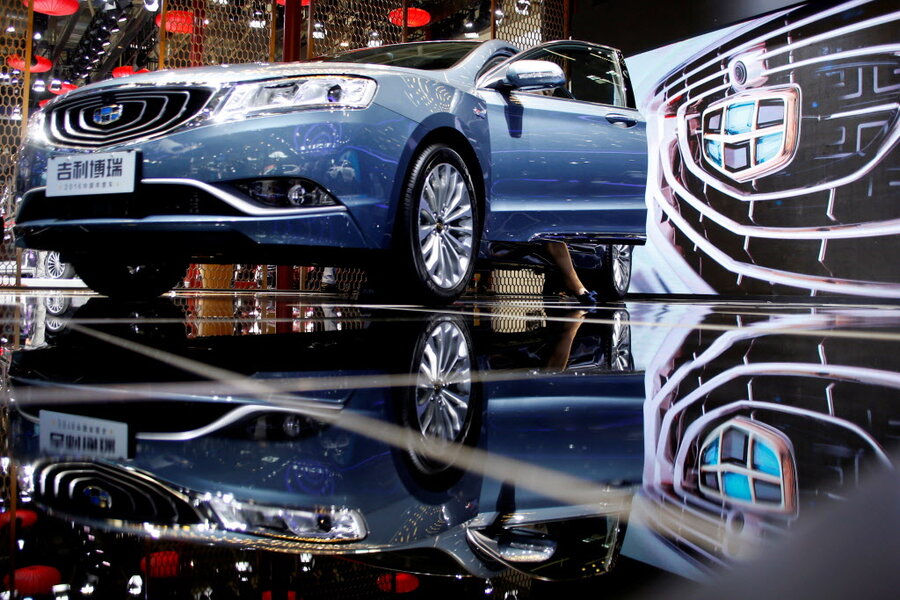How to pick the right car
Loading...
With so many models on the market and new designs being introduced all the time, it’s hard to know where to start when choosing a car. It’s so confusing that many people just buy the same model again — if they liked the last one — ignoring new and better choices. Others take recommendations from friends or buy something that catches their eye with sleek design or clever advertising.
There’s a much better way to pick the right car, a practical approach that also allows room for some fun.
Here’s an overview of the process:
- Figure out what you need.
- Set your budget.
- Use a car finder tool to match your needs and budget to the market.
- Test drive at least three cars.
- Review your research and make a decision.
Let’s take a closer look at each step.
Figure out what you need
Be honest now: how often do you really go to the mountains or pull a trailer or carry lumber? If you try to get something that does everything, you’ll end up buying too much car and pay dearly for your next vehicle.
In life, there are needs and wants. When picking a car, start by understanding whether you need a car. If so, move on to narrowing down what kind you need. Write out those needs on a piece of paper. If you follow the list, your needs will lead you to the right car.
If you have a big family and need room for six passengers, your choice could be a no-brainer. If you’re single and like to go off-roading on the weekend, it’ll be obvious you need a four-wheel-drive vehicle.
But maybe you’re like a large section of the population: You want a car to be a kind of Swiss Army knife that prepares you for anything. In that case, prioritize. Usually, you’ll find there’s one thing you need 80% of the time. For example, most people use their car for commuting or picking up the kids from school. Write the primary use at the top of that “needs” list and view the rest more as “wants.”
Set your budget
Unless you’ve got a pile of cash lying around, you’ll probably need to take out a car loan. It’s smart to keep your total monthly car expenses — payment, insurance, fuel, maintenance, repairs, registration — to 20% or less of your monthly take-home pay. Use a car loan calculator to find out what purchase price will provide a monthly payment that comfortably fits into your budget. Avoid the temptation to stretch the loan past 60 months (five years) just to buy a more expensive car.
Use a car finder tool
Many automotive websites — such as Autotrader or Kelley Blue Book — have tools that allow you to filter your search by price, vehicle category and even options. Build a target list of five cars to research by reading reviews from automotive experts and owners.
Even if you’re firmly convinced that you know what you want, it’s important to look at competing models. The market is so crowded these days, it’s easy to overlook a model that might better suit your needs than your initial top pick. Don’t rush this part of the process, because once you get a new car, you’ll have to live with it for years.
If you have trouble comparing competing cars, you can use the Edmunds Compare Cars tool, which presents features and specs in an easy-to-view table for side-by-side comparison. Based on your research, narrow the field to three cars.
Test driving: the feel of the wheel
Car salespeople like to say, “The feel of the wheel will seal the deal.” There’s a lot of truth in this, and yet you might be hesitant to test drive your choices. It’s a hassle schlepping to a car lot and fending off eager sales staff.
Here’s an easy way to get the job done: Set aside a morning, preferably on a weekday, when car lots are empty, and call a dealership’s internet department. Tell the internet manager you want to schedule a test drive, but you won’t be buying on the spot because you’re still comparing different models. Drive your three target cars back-to-back so all your impressions are fresh in your mind.
Review your research and make a decision
After your test drives, leave the dealership. If you’re still undecided, go back to the car finder and pull in a new candidate. But if your decision is obvious, you can move on to the deal-making phase.
Whether you’re aware of it or not, your emotions and intuition will play a part in your choice. There’s nothing wrong with that — have a good time. But don’t let your feelings run away with you. Cover the practical bases first, and then open the door to the fun factor. Then you’ll have a car that you enjoy and serves your needs.
Philip Reed is a staff writer at NerdWallet, a personal finance website. Email: preed@nerdwallet.com. This article first appeared at NerdWallet.







